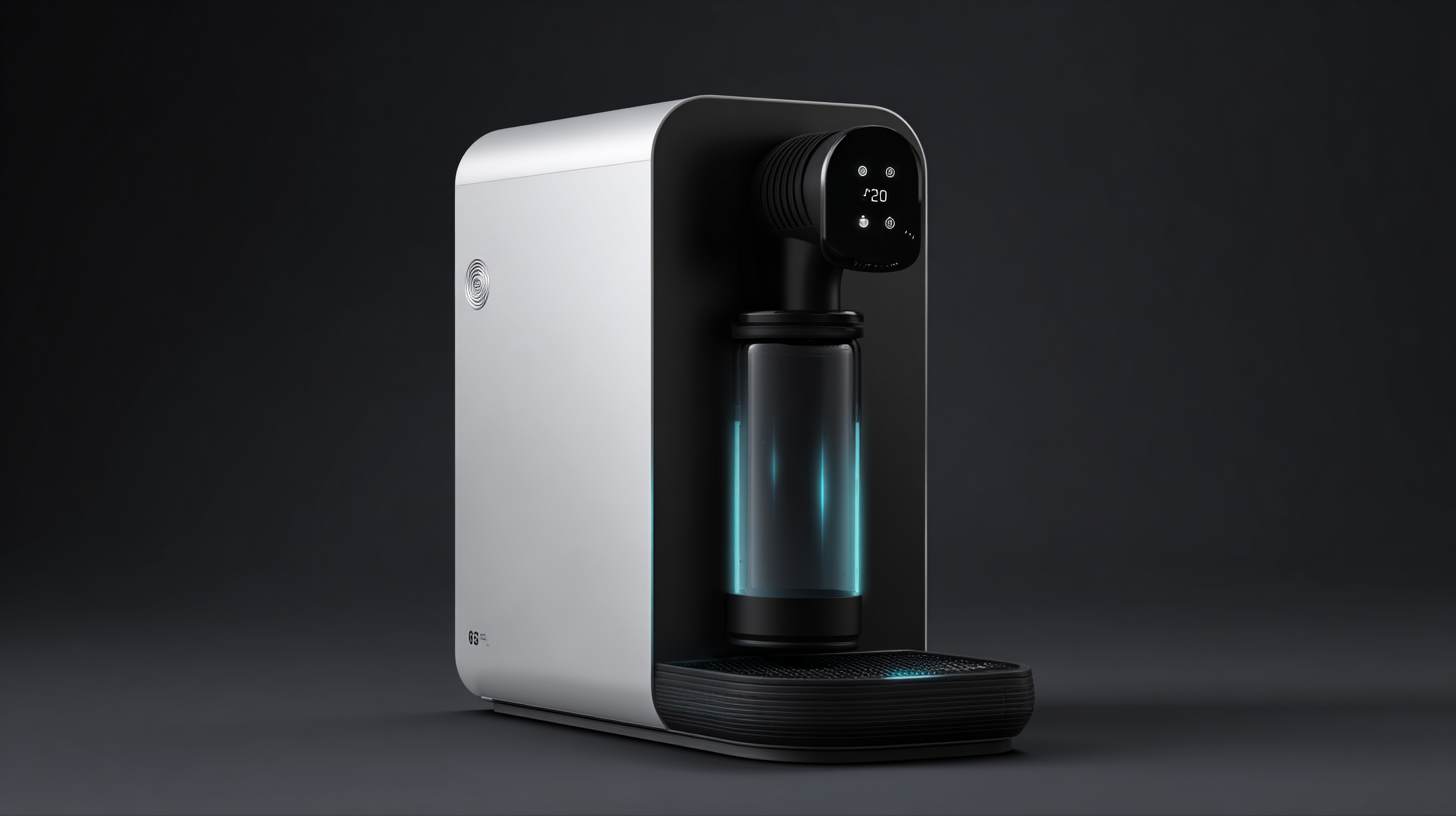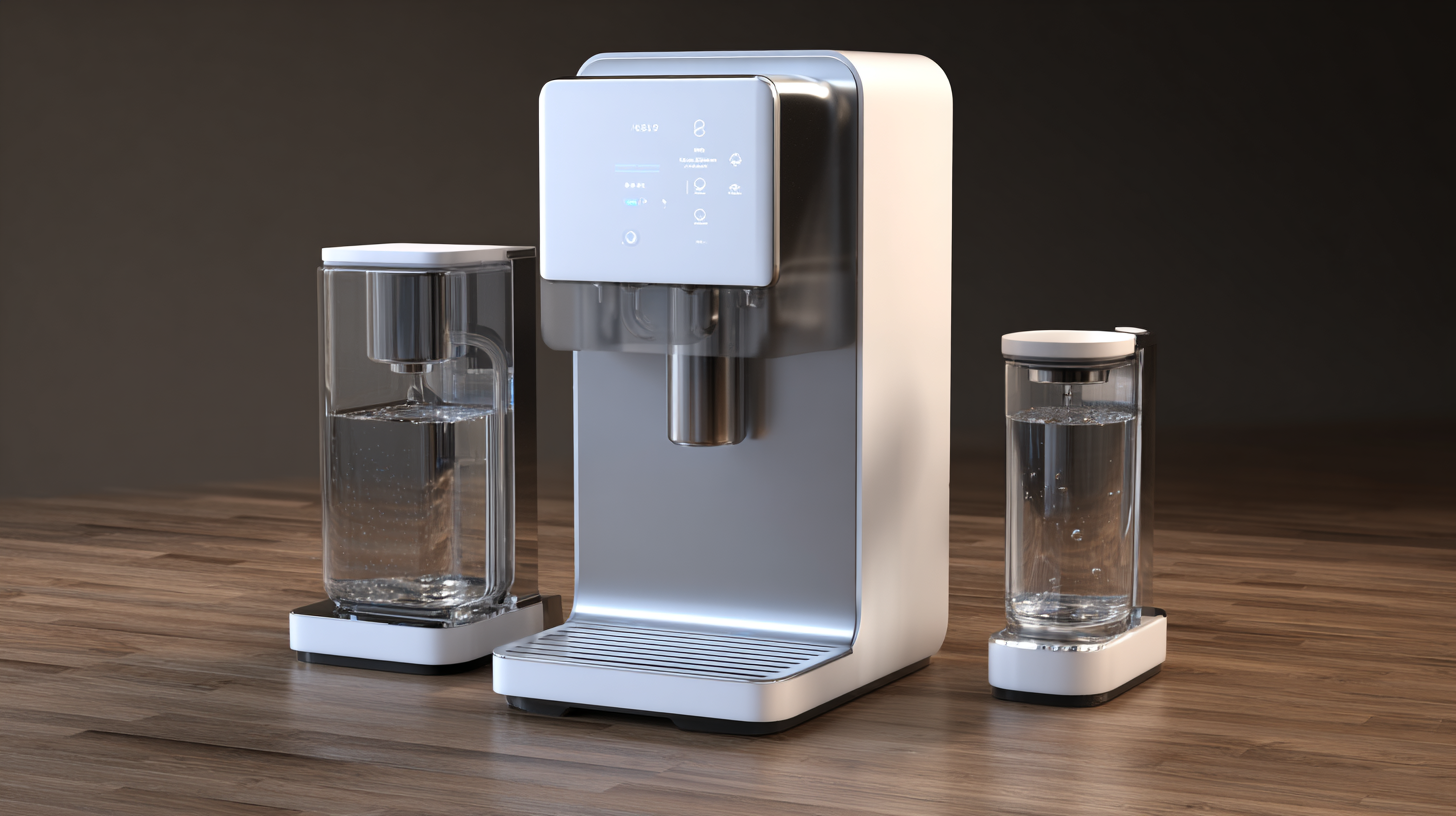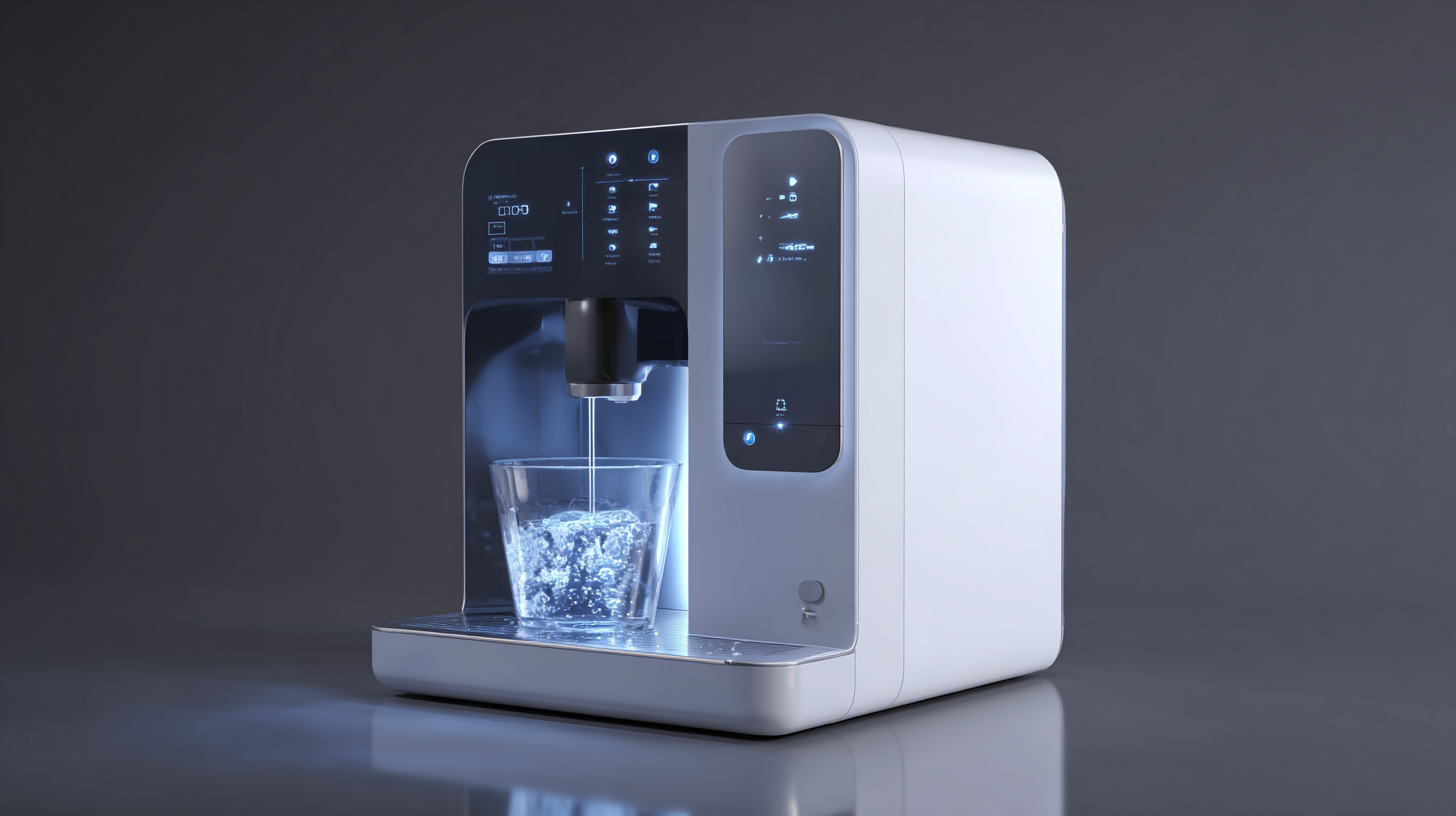
Exploring Future Innovations in Best Water Dispenser Technology by 2025
As we approach 2025, the landscape of water dispenser technology is poised for significant transformation, driven by innovations aimed at enhancing efficiency, sustainability, and user experience. The demand for smarter and more environmentally conscious solutions is on the rise, as consumers increasingly seek devices that not only provide instant access to clean water but also contribute positively to their health and the environment. In this insightful exploration, we delve into the anticipated advancements in water dispensers, examining trends such as smart connectivity, energy efficiency, and the use of eco-friendly materials. This blog aims to present a comprehensive analysis of the water dispenser industry, identifying key players, emerging technologies, and market dynamics that will shape the future of hydration solutions by 2025. Join us as we uncover what lies ahead in this essential sector and how these innovations will redefine our relationship with one of life's most vital resources.

Innovative Features to Expect in Water Dispensers by 2025
As we look ahead to 2025, the water dispenser industry is set to embrace a wave of innovative features designed to enhance user experience and sustainability. According to a recent report by Grand View Research, the global water dispenser market is projected to reach $4.38 billion by 2025, driven by increasing consumer demand for convenient and health-conscious hydration solutions. One of the standout innovations expected is the integration of IoT technology, enabling users to monitor water consumption, filter status, and even adjust temperature settings via smartphone applications. This smart technology not only promotes healthier hydration habits but also contributes to efficient water usage.
Another exciting development is the rise of energy-efficient models that employ advanced insulation techniques and energy-saving modes, addressing the growing concern over environmental impact. The International Journal of Refrigeration notes that modern dispensers can utilize up to 30% less energy compared to traditional models. Additionally, features such as self-cleaning capabilities, UV purification, and customizable flavor infusion are anticipated to revolutionize how we perceive and utilize water dispensers. This combination of convenience, sustainability, and personalization underscores a significant shift in consumer preferences, setting the stage for a transformative era in water dispenser technology.
Sustainable Materials and Their Role in Modern Dispensers
The evolution of water dispensers has transcended mere functionality; today's designs emphasize sustainability by integrating eco-friendly materials. With increasing environmental concerns, manufacturers are prioritizing the use of materials such as recycled plastics and biodegradable components. These innovations not only reduce the carbon footprint but also ensure that the products are safer for both consumers and the planet.
In 2025, we can expect to see water dispensers made from advanced sustainable materials that offer improved durability and aesthetic appeal. For instance, bamboo composites and plant-based plastics are gaining traction as viable replacements for traditional materials, providing striking designs while also being more easily recyclable. Furthermore, advancements in manufacturing processes allow for the use of less energy and resources in production, further enhancing the sustainability of these modern dispensers. The future of water dispensing technology lies in creating products that meet consumer needs without compromising environmental integrity, showcasing a seamless blend of innovation and responsibility.
Exploring Future Innovations in Best Water Dispenser Technology by 2025 - Sustainable Materials and Their Role in Modern Dispensers
| Feature | Current Technology | Future Innovations (by 2025) | Sustainable Materials |
|---|---|---|---|
| Filtration System | Activated Carbon | Advanced Membrane Technology | Biodegradable Filter Materials |
| Cooling Technology | Compressor Cooling | Thermoelectric Cooling | Recycled Aluminum Housing |
| Energy Efficiency | Standard Energy Consumption | Smart Energy Management | Sustainable Insulation Materials |
| User Interface | Mechanical Buttons | Touchless Controls | Bioplastic Keypads |
| Dispenser Materials | Plastic and Metal | Mixed Materials Innovation | Biodegradable Plastics and Bamboo |
Smart Technology Integration: Enhancements in User Experience
As we approach 2025, the integration of smart technologies into water dispenser systems is set to revolutionize user experience. The rise of smart home devices has paved the way for innovative features that enhance convenience and functionality. Imagine a water dispenser that not only provides instant access to hot or cold water but also monitors your hydration levels and sends reminders to your smartphone when it’s time to hydrate. This capability ensures that users remain healthy while enjoying seamless interaction with their appliance.
Furthermore, advancements in connectivity such as IoT (Internet of Things) will allow users to control their water dispensers remotely. Users can customize settings via mobile applications, adjusting temperature preferences or scheduling water availability based on their routines. This level of personalization brings a new dimension to user satisfaction, aligning perfectly with the demands of today’s tech-savvy consumers. The convergence of smart technology with essential household appliances promises to elevate not just convenience but also the overall quality of life, making hydration easier and more enjoyable.
Innovations in Water Dispenser Technology by 2025
This chart illustrates the predicted advancements in different aspects of water dispenser technology by 2025, including Smart Features, Energy Efficiency, User Interface, and Sustainability.
Health and Safety Advances in Water Dispenser Design
As we look ahead to 2025, water dispenser technology is set to undergo significant advancements in health and safety. These innovations are not just about delivering purified water; they are aimed at ensuring that every sip is safe and hygienic. Smart sensors and UV purification systems are becoming standard features in modern dispensers, allowing for real-time monitoring of water quality. This technology ensures that contaminants are detected and removed before the water reaches the user, providing peace of mind in every use.
Another critical aspect of future water dispensers is their design, which prioritizes user safety. Ergonomic designs and intuitive interfaces will make these dispensers more accessible to a broader range of users, including the elderly and those with disabilities. Furthermore, advancements in materials will lead to the use of anti-microbial surfaces, minimizing the risk of bacteria buildup on frequently touched areas. These health-focused improvements not only enhance user experience but also align with a growing awareness of public health concerns, promising a future where water dispensers contribute to a healthier living environment.

The Future of Water Filtration Technology in Dispensers
As we move toward 2025, the future of water filtration technology in dispensers is becoming increasingly vital to both health and sustainability. The global water purifier market is projected to experience significant growth over the next decade, driven by innovations that enhance filtration efficiency and accessibility. The recent report highlights that advancements in reverse osmosis systems and whole-house filtration solutions will enhance the quality of drinking water significantly, catering to the rising consumer demand for cleaner, safer drinking water.
At the forefront of this revolution is the emergence of smart water dispensers that integrate AI technology and innovative filtration methods. Exhibits at CES 2025 showcased groundbreaking products, such as dispensers that convert air into potable water, demonstrating the convergence of technology and sustainability. Additionally, trends indicate a strong preference for environmentally conscious products, with emphasis on reducing plastic waste and improving water resource management. As urban centers like Paris embrace smart water technologies, the paradigm of how water is consumed and filtered in our daily lives is evolving rapidly, promising a more sustainable future for water access.

